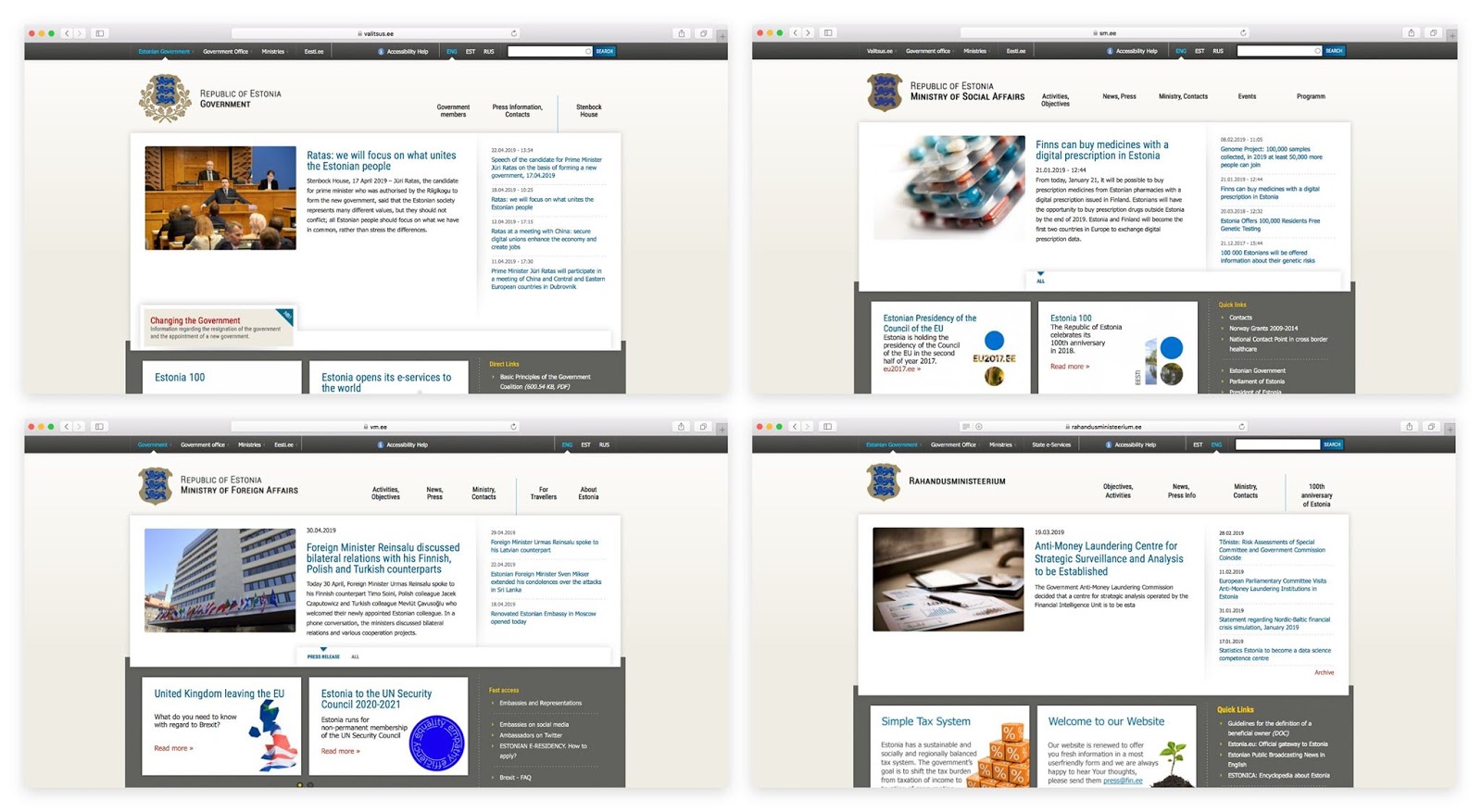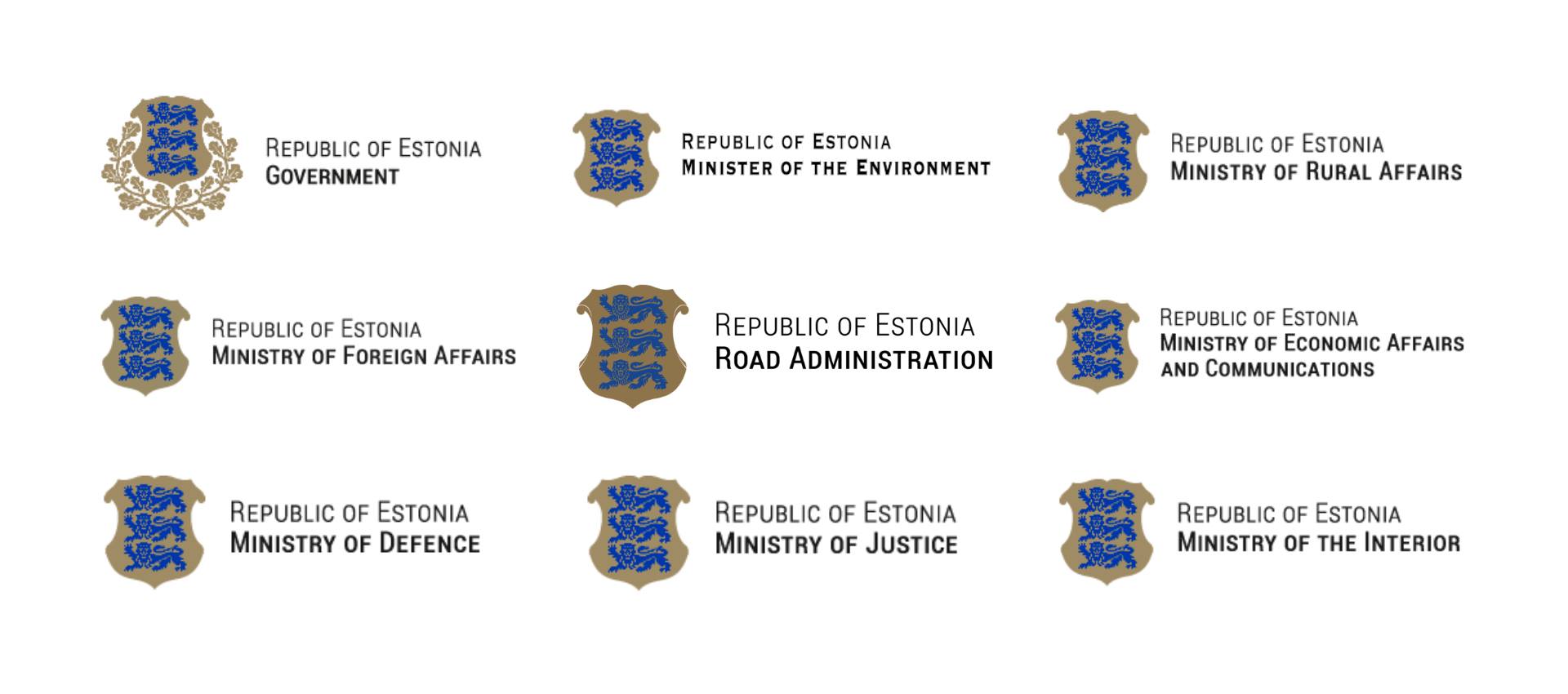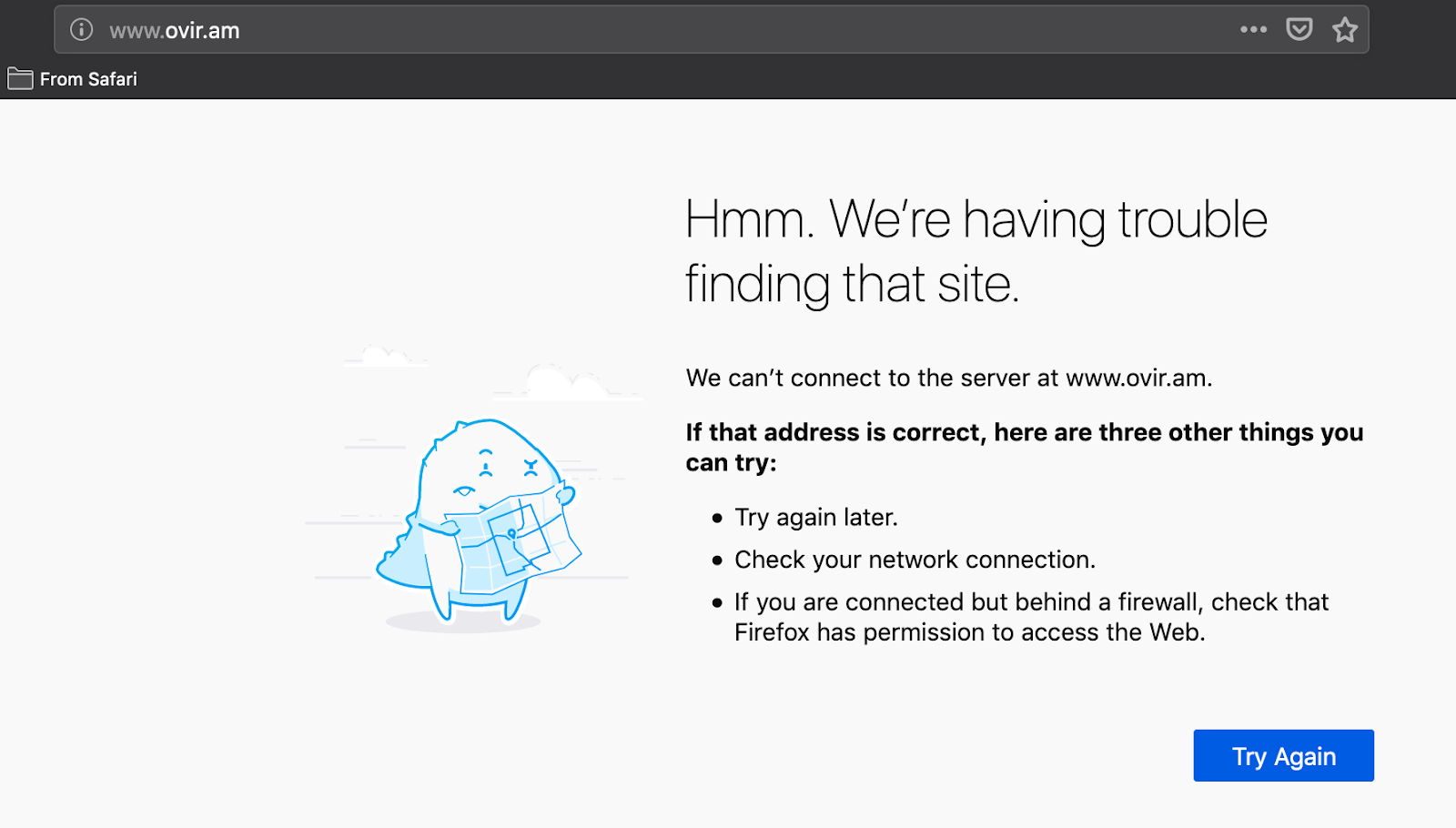
I have already used this column to advocate for swift implementation of an e-gov platform, as well as to suggest the rollout of an e-residency system for Diaspora investors. For my third foray into digital governance reform, I’ll bring attention to the Armenian government’s urgent need for a unified digital brand identity.
E-Government services, by design, must facilitate the lives of citizens by providing up-to-date and accurate information, enact transactions and perform other clerical tasks on an easily navigable, intuitive platform. Unfortunately for the citizens of Armenia, that isn’t quite how the government’s internet presence seems to work. The way in which Armenia digitized may be partially responsible for this mess.
The hodgepodge of Armenian ministries and assorted government agencies began their migration to the cyberspace back in the early aughts. This move was totally uncoordinated and inconsistent. People with little knowledge of e-Gov at individual ministries were left with the task of issuing web development tenders on their own. Many opted for dubious relationships with web development studios. The predictable result came in a medley of visually puzzling and functionally incoherent websites. I’d like to take a moment to highlight where they went wrong.
Aesthetic Inconsistencies


Forgoing entirely the concept of a centralized web directory for all government services (the so-called ‘one-stop-shop’), each government website looks so completely different from one to the next, you might mistake them for belonging to separate countries, let alone separate ministries. And a number of them look more like web design prototypes from decades past than functional government portals.
But the divergences aren’t just limited to the visual aesthetic of the websites; none of them share any sort of coordinated design thinking. The disunity and inconsistency is all the more shocking, considering that the government’s websites had been designed and built by the same two or three agencies.
Incoherent Domain Name Syntax
The website URLs often do not even follow the same pattern. Though all end in the .AM top-level domain name, they do not have a standard convention for domain name syntax.
Armenia’s Ministry of Foreign affairs, for instance, chose the following domain name: mfa.am. The use of initials is a pretty standard convention across the globe, so this makes sense. In fact, it’s probably so intuitive that one could start typing ‘www.mfa.’ with the corresponding suffix for any country and probably get it right. The Ministry of Health (MOH) also follows this convention: www.moh.am.
Following that logic, one might expect the Ministry of Defense (MOD) to use the www.mod.am URL. Astonishingly they actually went for www.mil.am (short for ‘military’).
While we’re on the subject, there doesn’t even seem to be a spelling standard either. In a display of neglect that would give my editors at the Armenian Weekly a heart attack, the MOD is spelled in the British way (Ministry of Defence) on its own website, while the Government’s official site lists the ministry under the American spelling (Ministry of Defense).
Exotic Social Media & E-mail Etiquette
The same kind of cacophony characterizes the social media presence for the government’s various bodies. Some maintain Facebook, Twitter and Instagram accounts, while others only support one or none of these. The frequency of posts also widely vary. Most might forgive the Ministry of Agriculture for not updating its Instagram regularly, but timely tweets by the Ministry of Emergency Services might make all the difference in a crisis. Either way, tagging them in a post is nearly impossible since they all use different handles.
Perhaps the most cringe-worthy violation of professional ethics, however, is the habit by legions of government figures of responding to official correspondence using @gmail.com or @yandex.ru email accounts. Did they learn NOTHING from Hillary Clinton’s 2016 Presidential run?
Unnecessarily Creative Ministry Logos


Some departments have unique emblems, while others simply re-use the country’s Coat of Arms with the ministry’s name underneath. Armenia’s ministries offer so much variation in their individual brand identities or official emblems that they feel more like the home page for someone’s Etsy store than government departments.
The now-defunct Ministry of Diaspora took an innovative approach to its re-branding when they put the choice of a new emblem to a vote in a Facebook poll. The final selection was actually quite lovely, despite the total lack of semblance to the emblems of any other government agency.
But government agencies are not meant to be outlets of creative expression for bored bureaucrats. They represent the uniform authority of the State. Ministry “brand identities”—should taxpayers even allow them to indulge in such frivolities—are to reflect the branch of government which they belong to.
This isn’t to say that all government emblems need to be identical. Proper emblems can express a certain creativity when representing the specific agency’s role without compromising on the commonality of design that makes a government’s brand so recognizable.
Websites That Don’t Actually Work
Since most people aren’t design snobs, they will put up with sordid layouts so long as the websites fulfill their intended function. However, sometimes, government portals don’t even do that. Just the name ‘OVIR’ (a Russian-language acronym for the Passport and Visa office) is usually enough to spread sheer dread among those unfortunate enough to require their services. One would expect migrating online to mitigate the Kafka-esque frustration of navigating its bureaucracy. Too bad their website currently looks like this.

Oh, and don’t bother calling their hotline — or any government hotline for that matter—at least not until they discover the magic of telephone switchboards. Of course, that’s probably for the best, since a number of the government websites that actually DO work are not always secure. The leaders of a country in perpetual war with an aggressive neighbor known for its frequent use of cyber-attacks may want to address that.

SOLUTION: Hire a CTO
For a country that loves to toot its own horn as the Silicon Valley of the Caucasus (or the Silicon Mountain to the marketing gurus out there), this sort of oversight is embarrassing, and shouldn’t be tolerated. Good thing it could be avoided entirely.
I recommend the endowment of a dedicated government agency whose sole purpose is streamlining e-services. Such an agency could be staffed by apolitical tech professionals and tasked with designing, building and maintaining the websites of every branch of the Armenian government in-house. By hiring Chief Technology Officer (CTO) to manage this team of tech-savvy workers, this new agency could maintain consistency in the government’s digital brand identity (potentially even hiring a Creative Director to whip those ugly logos into shape).
It’s high time for the “Silicon Mountain” to get its digital act together.
Angine Parmazian from Concept Studio helped with the visuals for this piece.


Be the first to comment